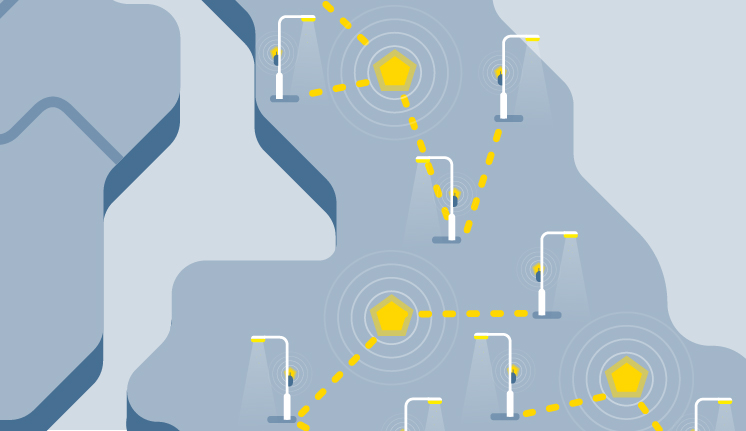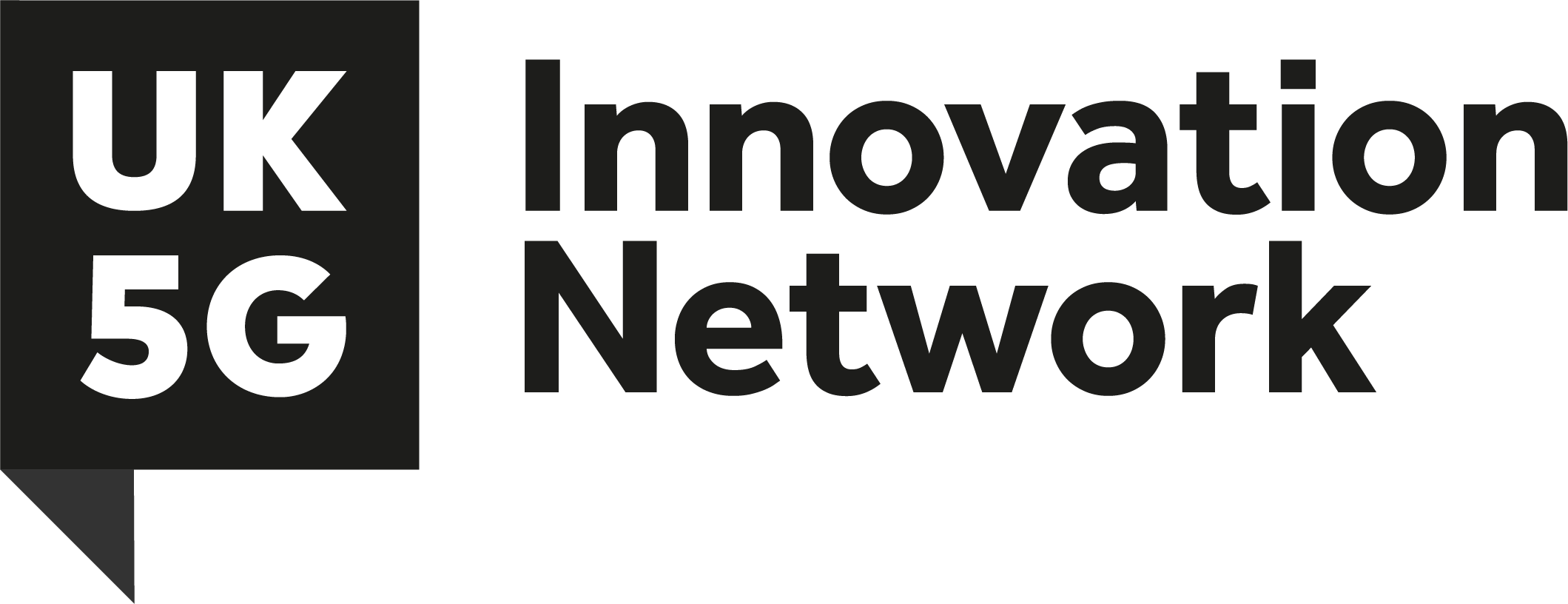5G Build Challenges: Other Concurrent Technology Transitions in the 5G Era
For our final instalment in our blog series focusing on the challenges around building a 5G network, we’ll be looking at other concurrent technology transitions including moving from hardware to software, edge and cloud computing and disaggregation.
Hardware to Software transition
The 5G era is also seeing several other simultaneous industry transitions. We have 4G networks evolving to 5G networks. At the same time these networks are transitioning from hardware boxes to software running on generic computers. This leads to a new paradigm in the design and management of such networks bringing with it many advantages, such as more flexibility to upgrade and modify the network for new services, and slicing the networks into different virtual networks to support different use cases. However, new transitions mean new challenges. As networks become pure software, new security threats surface and fault tracing can be more challenging, requiring a lot of new thinking as these networks are designed and deployed.
Edge Computing and Cloud Computing transition
Cloud computing paradigms means the networks can now be hosted in public or private clouds in a centralised or decentralised manner. Again, new advantages and challenges come with this industry transition. A network can be hosted entirely on a customer premise, or at regional edge data centres, providing improvements in latency, security, and availability etc. The internet or specific applications can now appear a lot closer to the user providing performance improvements, but then new challenges appear around managing this distributed network. Enabling application hosting to reside at the edge (near the cell site) implies new operations management and security solutions. Finding the use cases and business models behind edge computing has also been a challenge over the last couple of years.
Additionally, moving network functions into public clouds comes with its difficulties. Those clouds must be engineered to support high throughput as well as the operations, processes, security and availability expected by service providers and their customers.
Disaggregation of functionality
When networks transitioned to software, it means that their component parts can be disaggregated and distributed across the network in new ways. One of the largest cost items for service providers is the radios themselves. Even the radios are beginning to disaggregate into component parts that can be developed and supplied by different vendors or communities. Who is responsible when things go wrong? Who defines the interface points between the disaggregated functions, manages it and maintains high quality and availability?
5G – The Bridge Beyond the City
It is going to take a while for us all to feel the effects of 5G. Don’t expect 1 Gbps everywhere you go in 2020! In all likelihood we will find, as with other generations of mobile telephony, that during the 5G era, previous generations of technology (in this case 4G) will continue to play a surprisingly large part of the service we connect to in our daily lives as we travel throughout the UK, especially in rural areas.
The mobile service provider industry is in the midst of several transitions, and we have only scratched the surface. The challenges may be significant, but so too are the opportunities. Above all else, we at 5G RuralFirst hope and expect the 5G era to “be the bridge”. The bridge between the digital haves and have nots, the bridge that connects our country together, the bridge that unlocks new opportunities for everyone in the UK, in the city and beyond the city.


